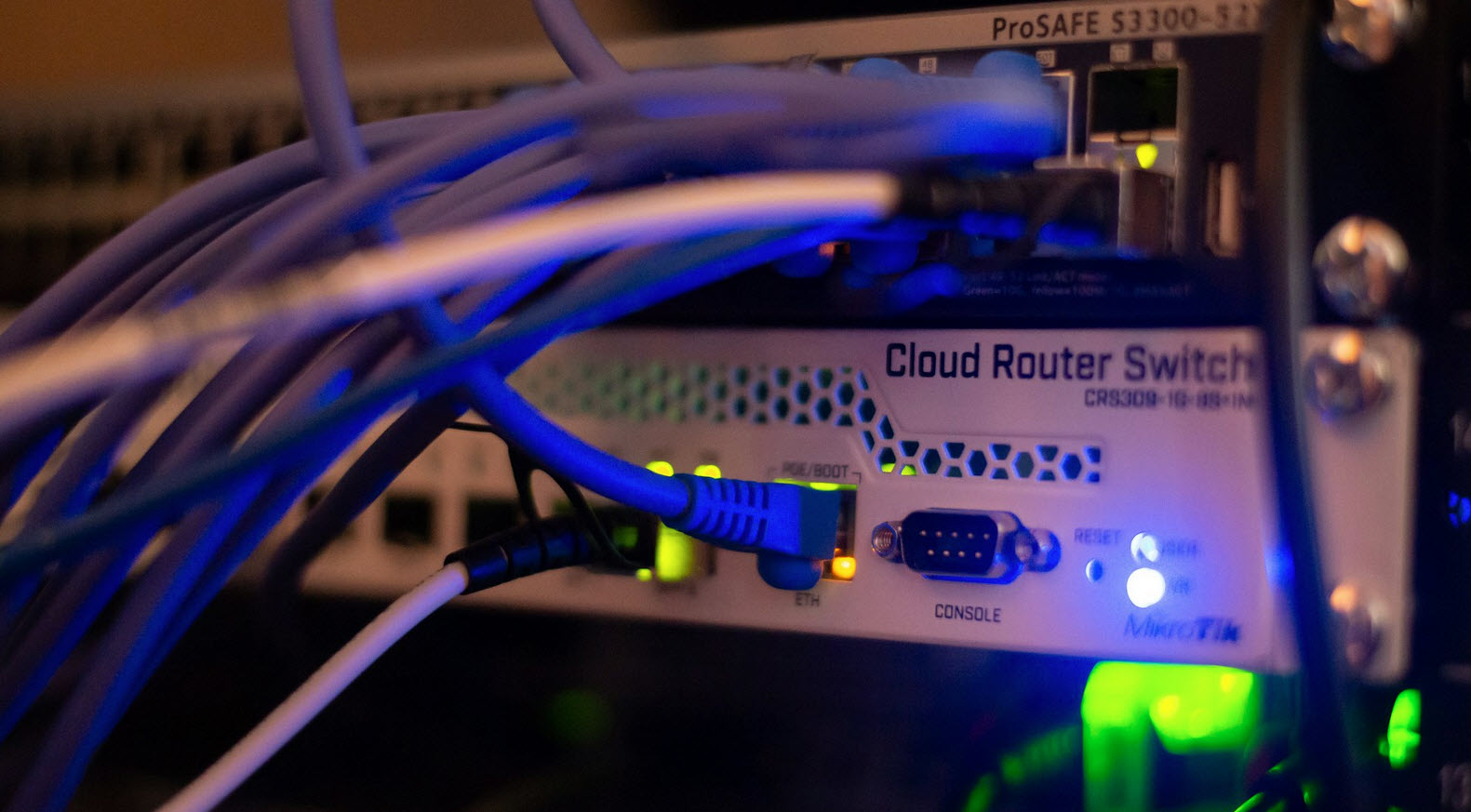
Part 1 | Part 2 | Part 3 | Part 4 | Part 5
Question 61: What is a summary route? In the context of static routing, how are summary routes useful?
Answer: A summary route is a single route entry that points to multiple subnets or major IP addresses. In the context of static routes, summary routes can reduce the number of static routes that must be configured.
Question 62: What is an administrative distance?
Answer: An administrative distance is a rating of preference for a routing protocol or a static route. Every routing protocol and every static route has an administrative distance associated with it. When a router learns of a destination via more than one routing protocol or static route, it will use the route with the lowest administrative distance.
Question 63: What is a floating static route?
Answer: A floating static route is an alternative route to a destination. The administrative distance is set high enough that the floating static route is used only if a more-preferred route becomes unavailable.
Question 64: What is the difference between equal-cost and unequal-cost load sharing?
Answer: Equal-cost load sharing distributes traffic equally among multiple paths with equal metrics. Unequal-cost load sharing distributes packets among multiple paths with different metrics. The traffic will be distributed inversely proportional to the cost of the routes.
Question 65: How does the switching mode at an interface affect load sharing?
Answer: If an interface is fast switched, per destination load sharing is performed. If an interface is process switched, per packet load sharing is performed.
Question 66: What is a recursive table lookup?
Answer: A recursive routing table lookup occurs when a router cannot acquire all the information it needs to forward a packet with a single routing table lookup. For example, the router may perform one lookup to find the route to a destination and then perform another lookup to find a route to the next hop router of the first route.
Question 67: What is a routing protocol?
Answer: A routing protocol is a “language” that routers speak to each other to share information about network destinations.
Question 68: What basic procedures should a routing algorithm perform?
Answer: At a minimum, a routing protocol should define procedures for:
- Passing reachability information about networks to other routers
- Receiving reachability information from other routers
- Determining optimal routes based on the reachability information it has and for recording this information in a route table
- Reacting to, compensating for, and advertising topology changes in an internetwork
Question 69: Why do routing protocols use metrics?
Answer: A route metric, also called a route cost or a route distance, is used to determine the best path to a destination. Best is defined by the type of metric used.
Question 70: What is convergence time?
Answer: Convergence time is the time a group of routers take to complete the exchange of routing
Question 71: What is load balancing? Name four different types of load balancing.
Answer: Load balancing is the process of sending packets over multiple paths to the same destination. Four types of load balancing are:
- Equal cost, per packet
- Equal cost, per destination
- Unequal cost, per packet
- Unequal cost, per destination
Question 72: What is a distance vector routing protocol?
Answer: A distance vector protocol is a routing protocol in which each router calculates routes based on the routes of its neighbors and then passes its routes to other neighbors.
Question 73: Name several problems associated with distance vector protocols.
Answer: Several problems associated with distance vector protocols are:
- A susceptibility to incorrect routing information because of its dependence on neighbors for correct information
- Slow convergence
- Route loops
- Counting to infinity
Question 74: What are neighbors?
Answer: Neighbors are routers connected to the same data link.
Question 75: What is the purpose of route invalidation timers?
Answer: Route invalidation timers delete routes from a route table if they exceed a certain age.
Question 76: Explain the difference between simple split horizon and split horizon with poisoned reverse?
Answer: Simple split horizon does not send route information back to the source of the route information. Split horizon with poisoned reverse sends the information back to the source but sets the metric to unreachable.
Question 77: What is the counting-to-infinity problem, and how can it be controlled?
Answer: Counting to infinity occurs when routes update a route over a loop; each router increases the metric of the route until the metric reaches infinity. The effects of counting to infinity are controlled by defining infinity as a fairly low metric so that infinity is reached fairly quickly and the route is declared unreachable.
Question 78: What are hold down timers, and how do they work?
Answer: Hold down timers help prevent routing loops. If a route is declared unreachable or if the metric increases beyond a certain threshold, a router will not accept any other information about that route until the hold down timer expires. This approach prevents the router from accepting possibly bad routing information while the inter network is re converging.
Question 79: What are the differences between distance vector and link state routing protocols?
Answer: A distance vector router sends its entire route table, but it only sends the table to directly connected neighbors. A link state router sends only information about its directly connected links, but it floods the information throughout the inter networking area. Distance vector protocols usually use a variant of the Bellman-Ford algorithm to calculate routes, and link state protocols usually use a variant of the Dijkstra algorithm to calculate routes.
Question 80: What is the purpose of a topological database?
Answer: A topological database holds the link state information originated by all routers in the link state routing domain.








